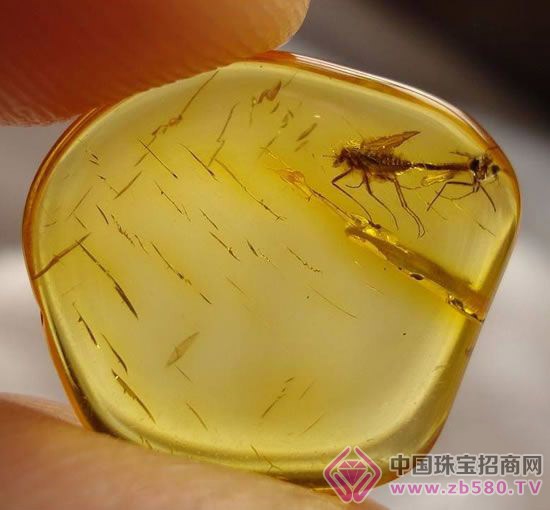
In history, the Indian plate used to have an isolated period. The timing of this period is not clear, but it is certain that there was a biological connection between the Indian plate and the mainland before the collision between the Indian continent and the Asian continent. This theory is supported by evidence that a large number of amber fossils have been found in western India. In this fossil, scientists have discovered fossils such as spiders, bees, flies, termites, and mosquitoes from 52 million to 50 million years ago, providing the most primitive evidence for tropical broad-leaved rainforests in Asia.
Until the Third Age, broadleaf amber was rare in fossil records. It was during this period that flowering plants began to replace conifers as rulers of the forest, and until now they have been developing their own ecosystems, from the Colombian amber with a history of more than 10 million years: the age of the rainforest is older than before. Think more ancient.
D. Grimaldi of the American Museum of Natural History, Professor J. Rust of the University of Bonn, Germany, and others confirmed that Campbell's amber is formed in the oldest forest in Asia's tropics. These ambers belong to the Dipterocarpaceae family and are a type of hardwood tree. Today, 80% of the tops of the forest canopy in Southeast Asia are made up of such hardwood trees. The wood fossils of Dipterocarpaceae have also been discovered in this area. It is the earliest fossil record of the plant belonging to India. It is the earliest time for the occurrence of Dipterocarpaceae to double the time earlier. At its origin, the Indian plate is likely to be connected to parts of the southern Gondwana supercontinent.
The 100 species of arthropods reported in the article belong to 55 families and 14 orders, some of which are early relatives of insects such as bees, termites, and ants, indicating that these populations radiated early or before the Eocene. Differentiation. Many of Cambay's fossils are also unexpectedly linked to fossils from other continents. Researchers found their close relatives in Northern Europe, Asia, Australia and the Americas, but did not find links with Africa or Madagascar, which showed that India was connected to the Gondwana continent before it was separated.
Professor M. Engel of the University of Kansas said: "Although the time of the Cambe fossils was before the collision between India and the Asian plate, our findings indicate that the Indian continent is not completely isolated. There may be some links between them."
Climate changes may also have an important impact on the fauna in Campbell Amber. The early Eocene was a warm climate: the tropics even reached the poles. Researchers predict that the distribution of arthropods is largely affected by climate change.
Grimaldi said: “The Campbell formation was a very warm period, which led to the spread of tropical populations around the world. The biodiversity and bio-evolutionary relationships of Campbell fossils indicate how far-reaching climate change impacts on populations.â€
Cowboy Shirts,Checked Cowboy Shirts,Cotton Twill Yarn-Dyed Shirts,Cotton Brushed Western Shirts
SHAOXING UNIVERSE IMPORT AND EXPORT CO.,LTD , https://www.zjshirts.com
